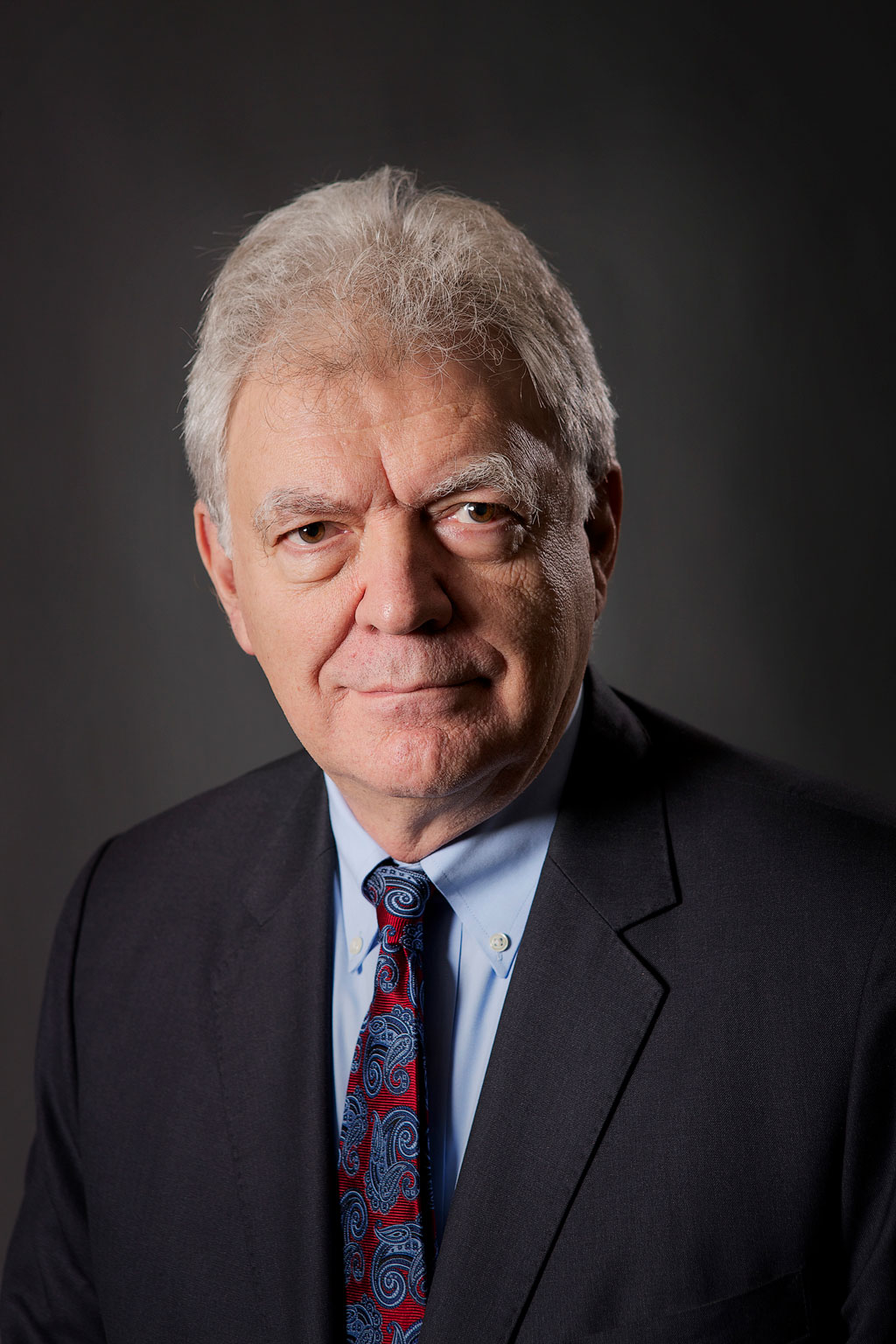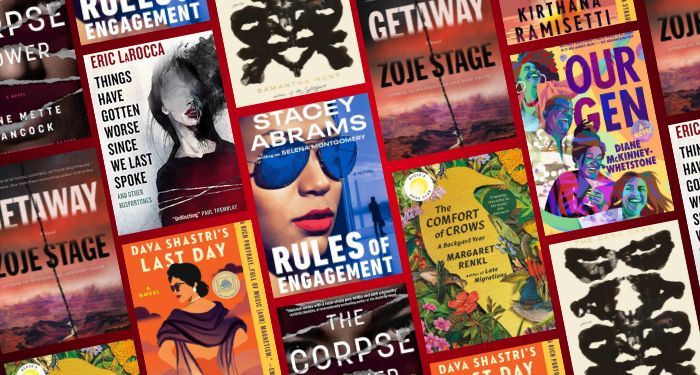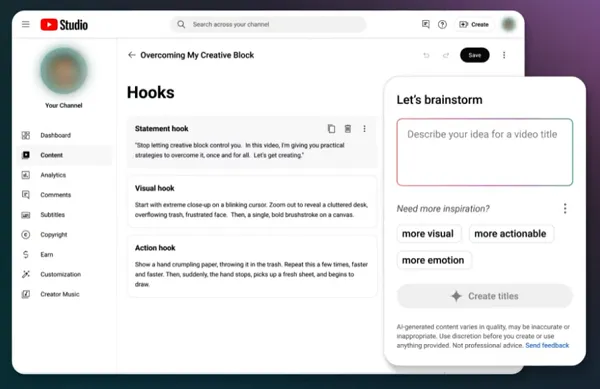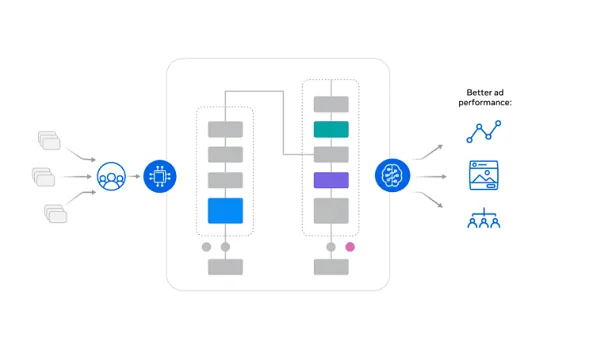The world’s never been here before. No matter your business, industry or sector: transformational forces now shake the market daily. Emerging shocks upend the best-laid plans. Macro factors that never occurred in tandem now continuously happen at once. And a new CEO imperative is emerging.
If you want to look below the surface of things and generate long-term in a world of uncertainty, it’s time to start planning strategically for many potential futures.
What’s driving this renewed need to strategize differently?
According to a recent global study by EY in January 2023, some 98% of 1,200 CEOs surveyed across 22 countries and six industries said they expect a recession this year. Dive deeper into those numbers, though, and divergent viewpoints bubble up to the surface.
This pulse survey showed little consensus on a potential recession’s length, depth and severity. While 55% believe the looming downturn would be worse than the global financial crisis of 2008, the other 45% were more optimistic. Although one-third of CEOs continue to cite pandemic-related disruption as their top concern, that number has dropped by 10% since the previous pulse survey in the fall of 2022. Meanwhile, other problems and interconnected trends have cropped up. When asked to peg the most significant risk to business growth:
• 32% cited uncertain monetary policy direction and an increase in the cost of capital
• 30% named scarcity and cost of talent with the right skills to accelerate growth; more restrictive regulatory environments in key markets; further increases in geopolitical tensions; or regionalization fragmentation of the global economy
• 31% underscored a sustained period of higher input prices and inflation or increasing cybersecurity risks
• 28% said climate change impact and pressures to build sustainability
The International Monetary Fund and other global observers echo those sentiments. While the World Uncertainty Index dipped somewhat at the end of 2022, it’s continued to hit elevated levels that outpace shocks seen in previous years. Russia’s invasion of Ukraine (and the associated cost-of-living crisis) now dominate the index, even as a broader set of successive shocks continues to reshape the market.
Lingering uncertainties tied to supply chain disruptions, talent shortages, energy transition, war, the collapse of Silicon Valley and Signature Bank and the ongoing impacts of COVID-19 mean this slowdown looks nothing like the ones we’ve seen before. In many cases, the generation of leaders helming organizations now haven’t experienced a slowdown during their careers to date. But what they have going for them is a wealth of best practices honed in the massive disruption of the pandemic years.
Today’s CEOs have had to be exceptionally resilient, flexible and agile over the last three years. They themselves have transformed. Drawing on that adaptability to reshape strategy now can empower organizations to remain equally nimble and relevant in the years ahead.
What does planning reimagined look like in an unfamiliar world?
Refocusing your strategic approach to ride continuous waves of unprecedented events and shifting priorities starts by framing your planning around three fundamental priorities:
1. Shift gears to prepare for multiple scenarios.
Upended supply chains and slowdowns at a time when talent is in short supply. Massive calls for a global green energy transition, even as required critical minerals dip into historically low supply. Tremendous geopolitical uncertainty in the middle of a crippling global health crisis. Case in point: Some 97% of CEOs say they’ve altered investment strategies due to geopolitical challenges. The list of compounding transformational forces — and potential scenarios — goes on and on. Enter the need to change how CEOs develop strategy and embed genuine flexibility by planning for multiple scenarios.
The idea of scenario planning for a broader range of possibilities isn’t new in and of itself. As the Harvard Business Review points out, the concept has been around since the 1970s — but has failed to catch on. Fewer than one quarter of large organizations regularly apply this approach in capital budgeting. Even less, consider multiple scenarios at the strategic planning stage. That may have been good enough in years past. But it’s not going to cut it in 2023.
Embracing the uncertainty of the post-pandemic future requires CEOs to simultaneously plan for many plausible scenarios and recovery paths (reflecting internal and external potential factors). Linking that internal and external fact base to corresponding indicators can help organizations anticipate different futures, embrace uncertainty, build strategic flexibility and analyze possible paths forward. This empowers leaders to tackle whatever comes up quickly because much of the strategizing for that possibility was done in advance. That right there? That becomes your competitive edge.
2. Account for new realities.
Doubling down on ‘business as usual’ probably feels intuitive in turbulent times. But CEOs can’t afford to think narrowly. Shifting towards a more fluid and resilient strategic and business planning approach must also mean looking to the horizon to understand what new signposts, trends, shifts or priorities will influence your stakeholders next.
Consider environmental, social and governance (ESG) priorities. ESG is now influencing top and bottom-line results in countless ways. Sustainable investment funds proved much more resilient than other funds in 2022. Data firm Morningstar showed $139B flowed into sustainable funds in the first nine months of last year, compared with $643B of net outflows from the broader market.
Employees are also making choices in line with ESG focus. Case in point? Randstad’s research shows that 41% of global workers surveyed say they wouldn’t accept a job with a company unwilling to make efforts to improve its diversity and equity record.
Despite surging investor and workforce interest in companies vested in ESG performance, World Benchmarking Alliance research reveals that surprisingly few companies are making meaningful progress in delivering on their ESG commitments. Among 2,000 global companies tracked, most had no explicit sustainability goals; among those that did, very few were set to meet them.
Failing to continuously scan the landscape to understand how new realities will impact current and future operations and results can mean failing to meet stakeholder expectations. That could be a costly and unnecessary risk to add into the mix at a time already ripe with volatility, uncertainty, complexity and ambiguity.
3. Align operational excellence with a customer focus.
Boosting operations (including internal functions, such as finance, accounting, supply chain and logistics) is essential in difficult periodslike this. Many CEOs view these tactics as meaningful ways to protect the business against internal challenges, building shock absorbers. Some 40% of CEOs surveyed said they’re leaning into and increasing investment in operations to cope in 2023. They’re right to do so.
Maintaining cost excellence and managing the bottom line are critical in turbulent times. Achieving cost excellence requires CEOs and organizations to strike the right balance between value, pace and sustainability. Drilling down to understand strategic and structural cost drivers, cultivating transparency, improving the link between those cost and allocation drivers and using visualization tools to enable dynamic, self-service reporting can all play a part in that process.
There is a case to be made, though, for thinking more broadly as you seek to sharpen execution this year. Now’s the time to rethink the customer reality and explore how more robust operations can support a better customer experience, engagement and outcome. According to an article in the New York Times, by the third quarter of 2022, some 85% of US consumers said inflation was altering how they shopped. That’s critical information. Boost operations all you want. But, without a refreshed view of whom you’re ultimately selling to and how even the best cost reduction or efficiency improvement programs could fall flat. Sharpening your focus on execution must include concerted efforts to understand customers through a new lens and build that insight into flexible plans for the future.
The more CEOS and organizations embrace this thinking, the better. Especially when you consider that deal advisors expect mergers and acquisitions to pick back up in 2023 after a significant 12-month slump. If you’re among those looking to make a deal, wouldn’t you want to sharpen your focus across the broadest possible range of crucial factors?
What’s the bottom line for CEOs?
Be bolder by design. The pace of change we’re navigating isn’t letting up, and we can’t afford to hold back. CEOs must lead the charge, refreshing frameworks and empowering teams to plot out multiple scenarios at every strategy design stage. Inspiring folks to reassess absolutely everything continually. Enabling scenario planning tools and resources that allow entire organizations to look out collectively, see below the surface and stay ahead of the next potential iceberg — and the one after that. From there, anything is possible.








































![Spider-Man Is Back in Black With the Green Goblin in New Funko Pop! Figures [Exclusive] Spider-Man Is Back in Black With the Green Goblin in New Funko Pop! Figures [Exclusive]](https://static1.colliderimages.com/wordpress/wp-content/uploads/2025/03/spider-man-the-animated-series-green-goblin.jpg)



























![An Overview of the Evolving Generative AI Landscape [Infographic] An Overview of the Evolving Generative AI Landscape [Infographic]](https://www.socialmediatoday.com/imgproxy/_gVciXDA9FZfQ9zNitWfBhHG9EG2-BLsWXiF3HkSAUs/g:ce/rs:fill:600:536:0/bG9jYWw6Ly8vZGl2ZWltYWdlL2duX2FpX3ByaXNtLnBuZw.jpg)

